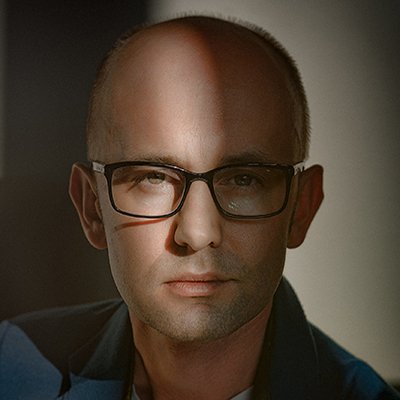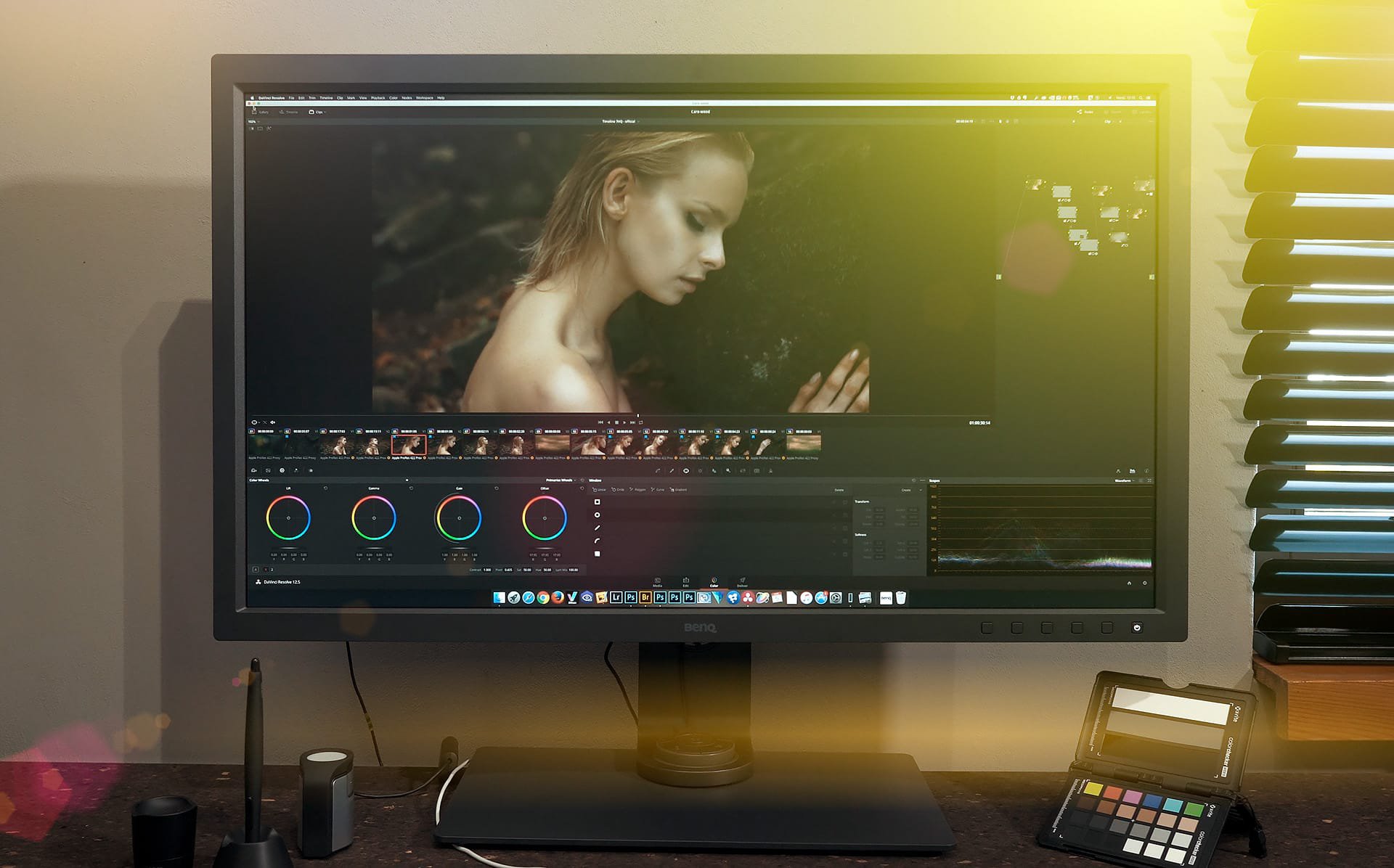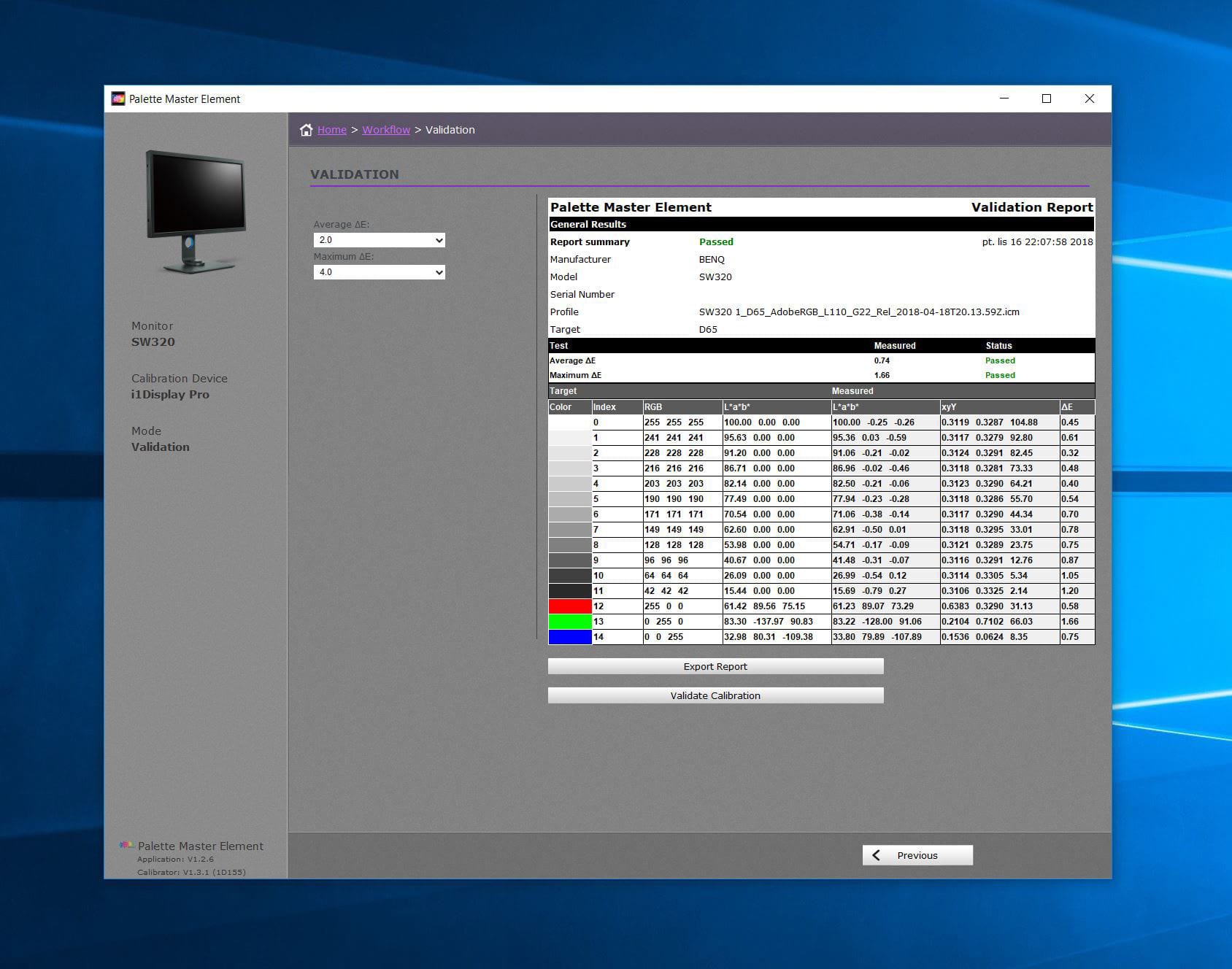Projector
Monitor
Lighting
Digital Display
Job References
This site uses cookies. By continuing to browse the site you are agreeing to our use of cookies, you can also manage preferences.
This site uses cookies. By continuing to browse the site you are agreeing to our use of cookies, you can also manage preferences.
Projector
Monitor
Lighting
Digital Display
Job References
Projector
Monitor
Lighting
Digital Display
Job References
Knowledge Center Support
Freelance Photographer and Retoucher / Poland
Piotr is a freelance photographer, retoucher and an X-Rite Coloratti based in Wieliczka, Poland.

I have to admit, my BenQ SW Series display was last calibrated six months ago! Does it mean the colors are inaccurate?
So, how often should we calibrate a display for professional use? At least once a month is recommended, but it all comes down to the display quality based on the panel and the controlling PCBA. In fact, with budget office-grade displays and laptops, calibration is needed more than once a month if it is even possible at all. Sometimes poor displays which are calibrated may even get worse with visible solarization and banding. This is caused by low-quality panels, 8-bit image resolution, and low sRGB gamut coverage.
For about a year, the BenQ SW320 has been my display of choice for professional use. It is one of the cheaper 32-inch displays for graphic designers and photographers, featuring UHD resolution with hardware calibration, 10-bit color, and 99% coverage of the Adobe RGB gamut.
While using this display for complex image post-processing for my clients, I thought of an experiment: I only did the calibration once and then stopped doing it, even though the recommended calibration frequency is once every four weeks.

The validation dates and the profile creation date, included in the operating system profile name, are highlighted.
My last calibration was done in April 2018, while this article was written in mid-November 2018. As I see it, six months is much too long between calibrations, but—strange as it may be—I could not see any color issues in my images nor in the client copy using my work.
It is worth noting that all my images have to pass through two devices. My main system is a desktop with the BenQ SW320 attached, and the other is a MacBook Pro with a Retina display. Both displays—the BenQ SW320 as well as the MacBook Pro one—are calibrated using the i1Display Pro as a reference to make the color consistent. Any inconsistencies would have been spotted, which would also be a clear indication that one of the displays was diverging from the standard. However, nothing like that was seen throughout the six months.
So, I have decided to check the truth and see if the display parameters were preserved after all this time.
I have already done this before with the SW2700PT, the first model from the BenQ graphic display line. That calibration interval was as long as five months, and as the validation showed, the average Delta E error did not go over 2 while individual representative colors never exceeded 2.14. It should be noted that Delta E errors should generally not be more than 2 such that the actual color differences are hardly distinguishable by the human eye.
As a rule, for professional BenQ displays after calibration, the Delta E error should be equal to or less than 1.
I validated the profile from the earlier calibration in the BenQ Palette Master Element software. For the result to be reliable, I used the same version in which the color profile was originally created and the same i1Display Pro calibrator.

Color profile validation results for the BenQ SW320 display as measured six months after the profile was created.
The validation gave positive results. In fact, I did not expect such a good score because the Delta E values were no different than the ones recommended for professional color use. There’s not much to say here: the display works fine and kept the color accuracy parameters within bounds most of the time. What else does a photographer need for image processing?
Going back to the initial question, professional displays built with high-quality, well-programmed components have proven their ability to keep the correct image parameters over long periods of time, thus making frequent calibration unnecessary. However, I would still personally recommend calibrating displays every three months and any time the working environment changes, e.g. new lightning or changes in ambient luminosity.
Thanks for your feedback!